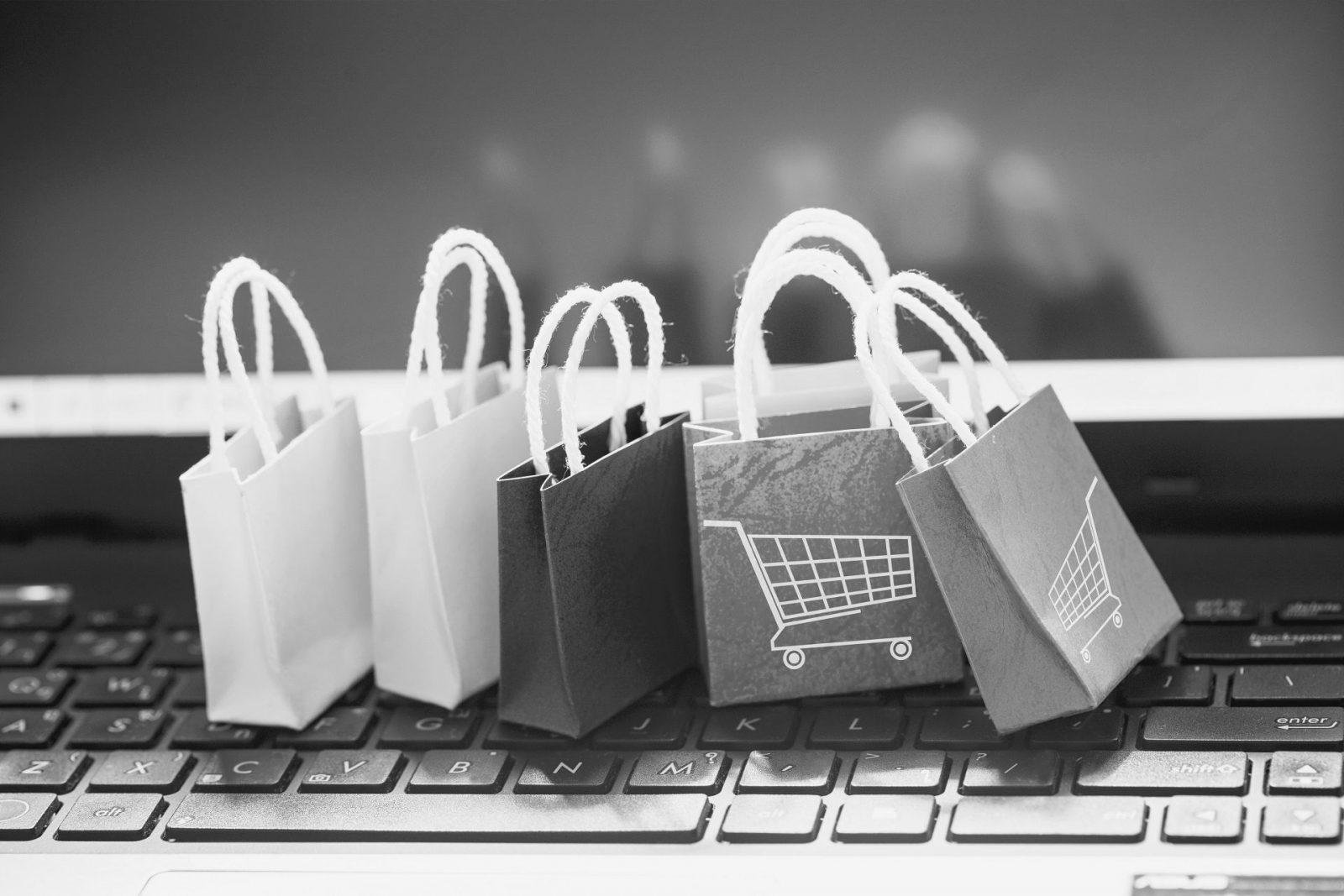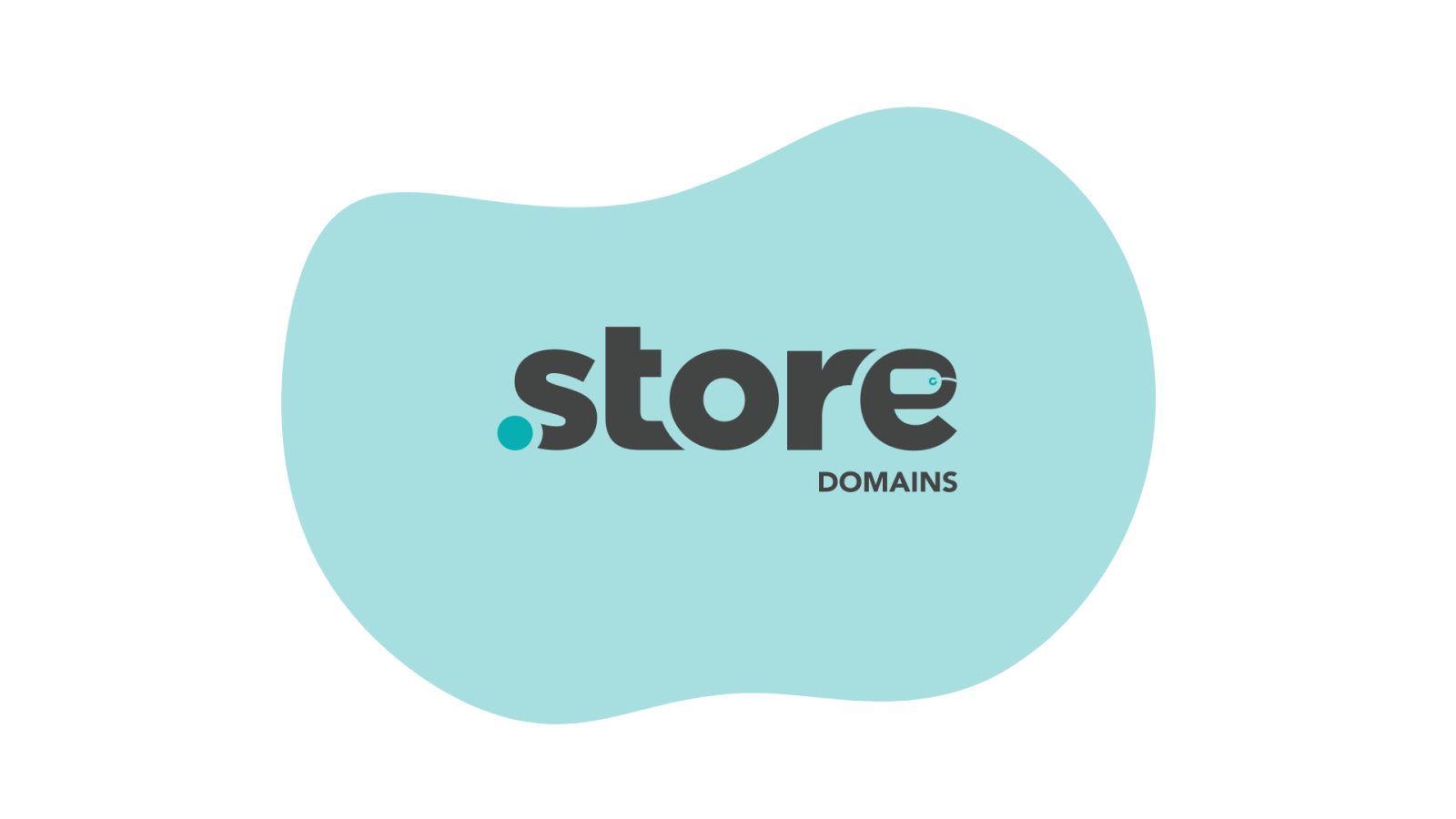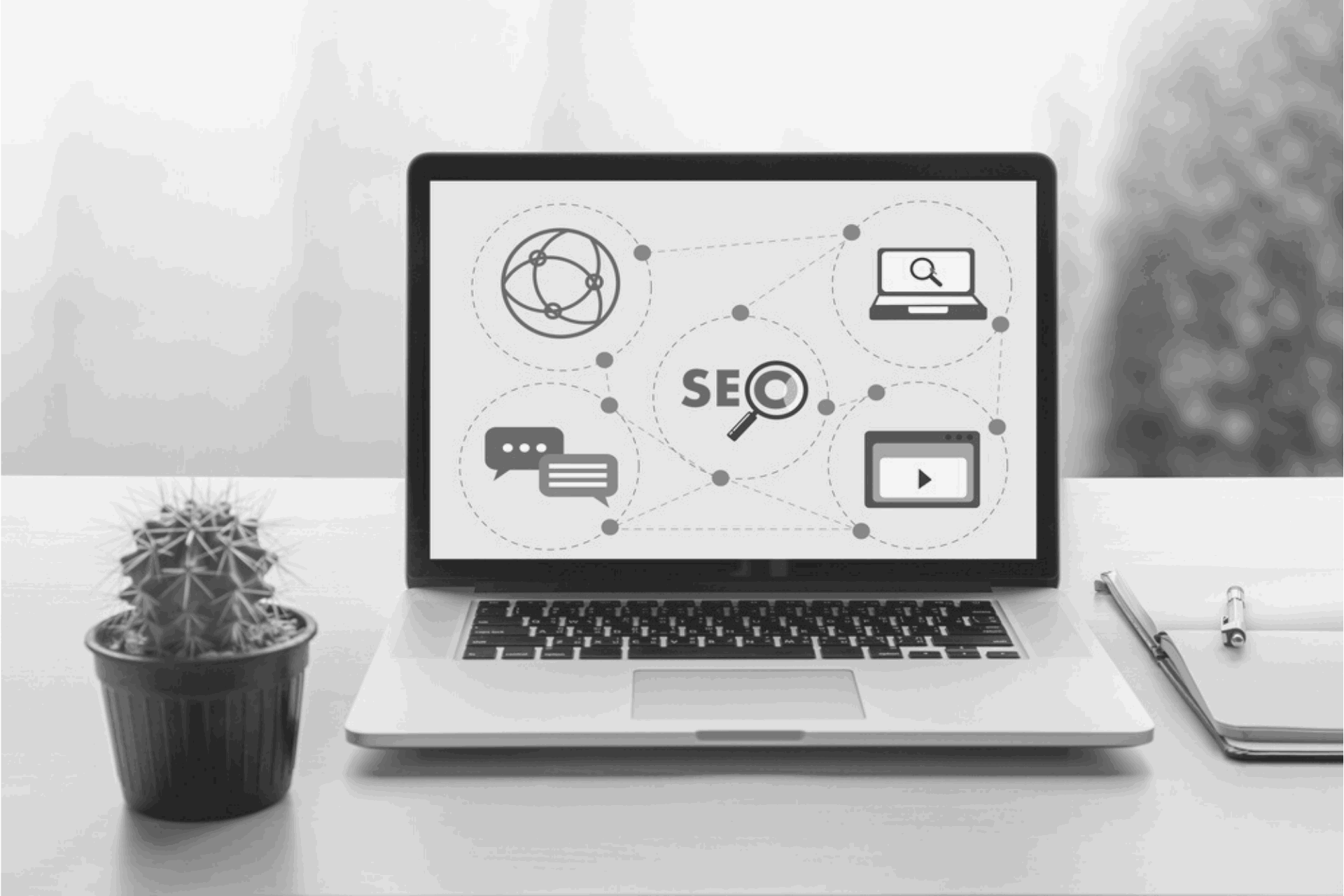The world of eCommerce has grown from strength to strength with every passing year. And every passing year has brought with it some promising new eCommerce trends. Now some may argue and complain about how profits are marginal, and cart abandonment is on the rise, but those are just minor spots of bother in an otherwise flourishing industry.

However, this kind of skyrocket growth translates into more eCommerce stores and merchants wanting to become part of the game. This is why staying on your toes and adapting to the latest eCommerce trends has never been so imperative.
From incorporating new tech to your online store to getting a grip over the ever-changing consumer behaviors and preferences, you need to equip your eCommerce brand to make 2021 your year. To help you absolutely cream the competition and win big this year, we’ve compiled a list of emerging eCommerce trends that you should follow in 2021.
eCommerce Trend 1: Unconventional Domain Names
Gone are the days when you ended up registering your business website only on dot com or dot biz or dot info. The trend to use definitive and meaningful new domain extensions has been in the works for quite a while now.
However, 2021 will be the year of relevant new domain extensions making their way to the top. So, expect to see quite a few short, crisp, and meaningful domain names and website addresses spring up.
For instance, if you’re starting an eCommerce brand or an online store, you don’t need to compromise your brand name choices and settle for something less worthy on a traditional domain.
You can instead look for a short and memorable name on a relevant new domain such as .STORE. With new domain extensions and shorter web addresses being the next big branding move, it would be wise to look for smart alternatives to long and awkward names of the past.
Looking for a domain name for your eCommerce store?
eCommerce Trend 2: Omni-Channel Selling
Most big eCommerce brands are modifying their overall business strategy on the basis of their target audience’s purchasing habits. And there’s been a major shift in the eCommerce space when it comes to purchasing online; people aren’t purchasing from a single platform. Most brands are targeting Gen Z that happens to purchase from a host of platforms and channels.
To capture their loyalty and grow, you should consider opting for an omnichannel model. According to The 2018 Omnichannel Buying Report, 87% of consumers in the US shop offline. 78% of the survey respondents reported making a purchase on Amazon, 45% in an online store, 65% in a brick-and-mortar store, 34% on eBay, and 11% on Facebook.
These statistics show just how profitable and effective it would be to make your business accessible and available across all channels and platforms. Consider selling on popular channels such as Amazon, eBay, Google Shopping, Facebook, and Instagram.
eCommerce Trend #3: Dropshipping
eCommerce trends suggest that the business concept of dropshipping will pick up pace this year. For eCommerce businesses that don’t have too much capital to begin with, dropshipping makes for a fairly profitable and sustainable business model. Dropshipping typically involves being the middleman or intermediary between the manufacturer and the customer.
The product is shipped directly to the customer without you having to handle the product or manage the logistics. You simply collect the retail price of the product and forward the wholesale amount to the manufacturer and keep the profit made therein for yourself. The manufacturer will deliver the product directly to the customer and that concludes the transaction.
This business model is easy to implement and has quite a few benefits:
- Only when a customer places an order will you buy the product from the manufacturer
- Since you are not responsible for logistics, you don’t have to invest in holding the inventory or on storage and distribution
- There are hardly any overhead costs associated with this business model
The benefits mentioned above, and the ease of implementation make this a lucrative business model to look forward to in 2021.
eCommerce Trend 4: Personalization Across Channels
Omnichannel selling will surely make a significant impact on the growth of your eCommerce business. However, selling on multiple platforms and channels won’t cut the mustard. You need to personalize the selling experience for your shoppers.
You need to offer an unmatched brand experience to get an edge over your competitors. To do this, you need to personalize your interactions with every individual customer and understand that no two customers are the same; especially on different platforms.
Ideally, you should personalize according to your target audience and platform so as to offer relevant experiences without coming across as annoying. A great way to succeed at personalization is to aim for AI-driven targeting.
eCommerce Trend 5: Custom Packaging
A major trend that will pick up the pace in 2021 is that of custom packaging. In fact, packaging plays a significant role in the brand building too. A major chunk of online shoppers says that creative and custom packaging gets them excited about the product and that they perceived the brand as a luxury or upscale brand. Several third-party packaging services can help you augment your packaging game and lure customers into buying from you.
eCommerce trend 6: Rise Of Mobile Shopping
Since the introduction of smartphones, the dependency on mobiles has increased quite a lot over the years, and the graph is only going to go upwards. Sales from mobile shopping are expected to increase by 15% by the end of 2021.
Smartphones have been flooding the market in recent years, leading to a huge rise in the number of people using them. Besides, they don’t just use phones to shop but to research products before deciding to purchase them as well.
eCommerce trend 7: Payment Processing
Payment processing is a very crucial part of the customer’s journey as they can cancel the order even at the last minute. With the constantly growing options of payment methods, payment processing is going to be an important eCommerce trend in 2021.
There are some amazing eCommerce software applications that allow various payment methods. Different methods suit different kinds of customers, and to make sure you don’t lose your customers, you need to have multiple options.
A complex checkout process can lead to shopping cart abandonment more often than not. Keep your payment process as simple as possible, and consolidate all the options into one page.
eCommerce Trend 8: Voice Shopping
Voice shopping has exploded in recent times and would continue to do so even more in the coming years. The launch of Amazon’s smart speaker, Echo, led to the huge growth of voice shopping.
In voice shopping, customers describe the product they want to buy and no visuals are involved. Voice shoppers usually purchase products like food items, homeware, and cheap electronics with this mode.
The number of voice shoppers is expected to double by 2022. eCommerce sellers should consider this trend and provide their customers with the necessary comfort for voice shopping.
eCommerce Trend 9: Green Consumerism
Green consumerism is a concept, where brands promote environment-friendly ways for their business. And with the rise in environmental problems over the years, the importance of going green has risen considerably.
Today’s consumers are highly aware of the serious impacts on the environment, and stay keen on demanding products that are eco friendly. To retain such valuable customers, and even attract more, startups should work on this important eCommerce trend.
eCommerce trend 10: Social Media Meets eCommerce
What used to be a networking platform for people to connect casually, has turned into a huge business facilitating platform and eCommerce trend now.
Apart from evolving as a huge marketing tool for eCommerce, social media has also become a marketplace for products.
Social media sites such as Instagram and Facebook come with “buy buttons” now, which allow users to shop on the platform.
Even online stores establish links now, where they allow customers to make their purchases through social media.
Social media exposure makes people more aware of products and services. And since its influence is continuously increasing, so should your focus on it.
eCommerce trend 11: AI and eCommerce
Gradually, organizations have started turning to Artificial Intelligence or AI to improve their processes and workflows.
The importance of AI is growing in the world of eCommerce so rapidly, that the online sellers are expected to have spent more than $7 on AI by 2022.
Retailers want to improve their services and want to provide an extremely personalized customer experience, and hence the huge investment in AI. Apart from customer service, marketing, and sales, AI also helps in forecasting and pricing.
eCommerce trend 12: Augmented Reality
Another great eCommerce trend like AI is AR or Augmented Reality. AR helps in bridging the gap and enabling online shoppers to better visualize their products.
Since the only drawback of online shopping was not being able to physically witness the products, AR could be a game-changer for eCommerce.
With AR, customers are able to explore and test products in such a way as they would do during an online shopping experience.
Some eCommerce brands have already started using AR, which is giving them an edge over the competition. It’s a must-consider eCommerce trend for every startup in 2021.
eCommerce trend 13: Personalization Is Key
Personalizing the online shopping experience is key to keeping customers satisfied.
Since the pool of eCommerce is so vast, customers want personal help in searching for the products that are meant for them.
Many online merchant sites are already onboard with this eCommerce trend and are investing in personalization tactics to provide their customers with a better online shopping experience.
This could be in the way of personalization of messages via email or providing the right information to the interested consumer group, or more.
Personalized customer communications, engaging with customers through, for example, video content, providing relevant discounts, etc. will help in delivering a better shopping experience and strengthen your bond with customers.
eCommerce trend 14: Visual Commerce
Visual commerce is like the next generation of normal static visuals.
Instead of simply using product pictures to market your business, visual commerce takes it to another level by incorporating various other types of visuals such as interactive content, consumer-generated media, engaging videos, and of course, augmented reality.
Visual commerce is gradually but surely becoming an integral part of eCommerce, as depicted by the growth of the technology behind it.
This includes the image-recognition market, which is expected to grow from around $20 billion in 2018 to more than $80 billion by 2026, marking a compound annual growth rate of almost 20 percent.
eCommerce trend 15: Dynamic Pricing
Dynamic Pricing is an important eCommerce trend for 2021, as it allows online retailers to stay competitive and attract a higher number of customers.
Even the best product in the world won’t sell if not priced correctly.
Depending on the demand for a product at a given time, dynamic pricing helps you in achieving the maximum possible profit for any product. It also takes into consideration the competitor prices and the perceived value of your products.
Final Thoughts
With every passing year, the eCommerce industry is transforming itself to become a highly lucrative space. With tech such as AI and IoT kicking in, it is all geared up to offer amazing new experiences for consumers.
Keeping up with the eCommerce trends mentioned above will help you win big in 2021.







